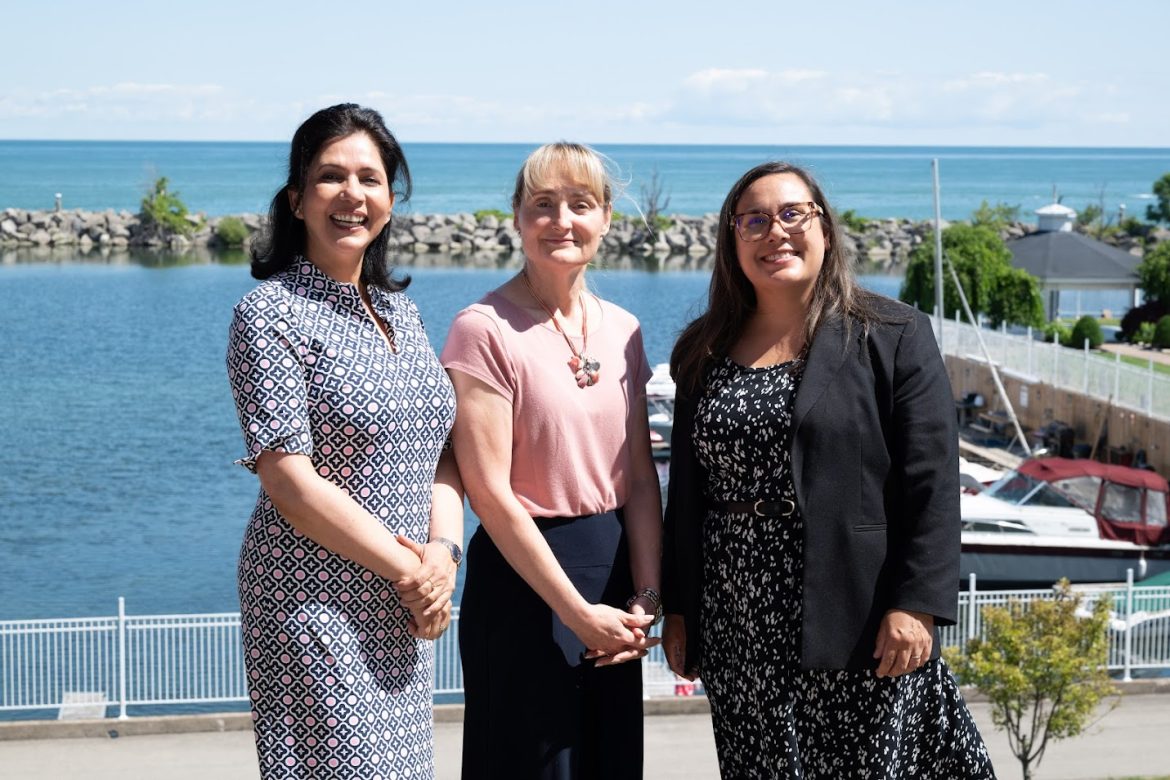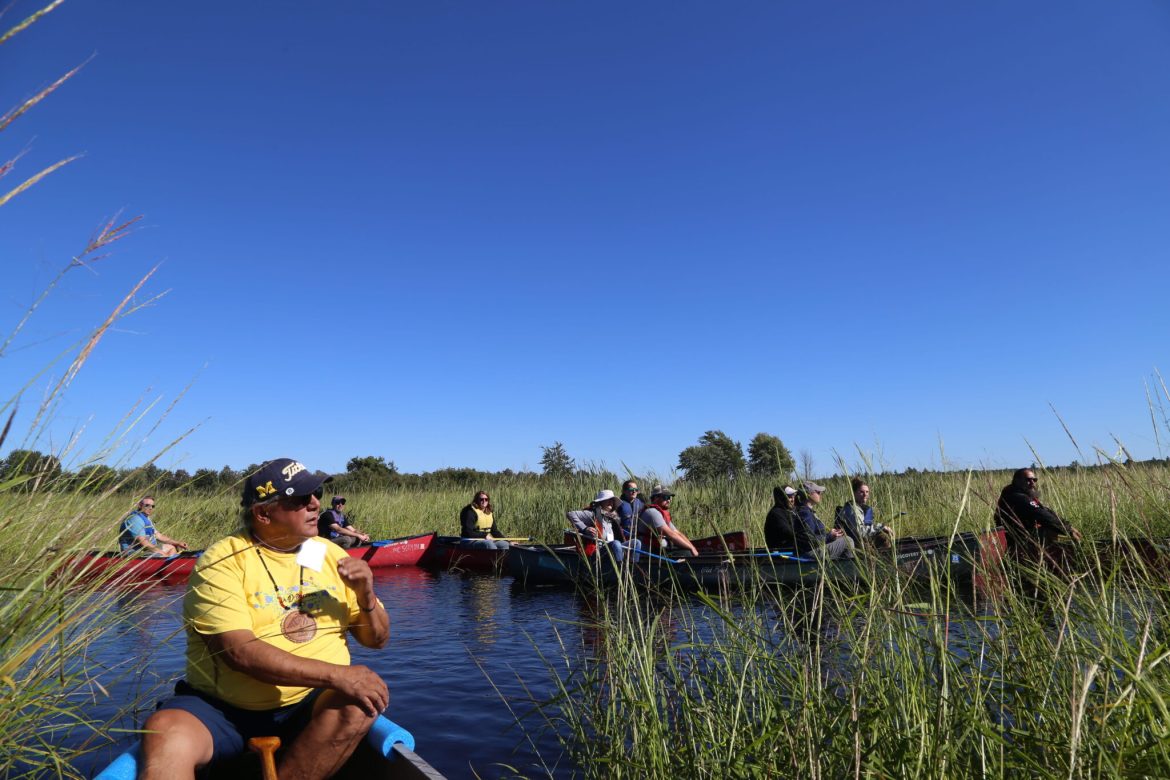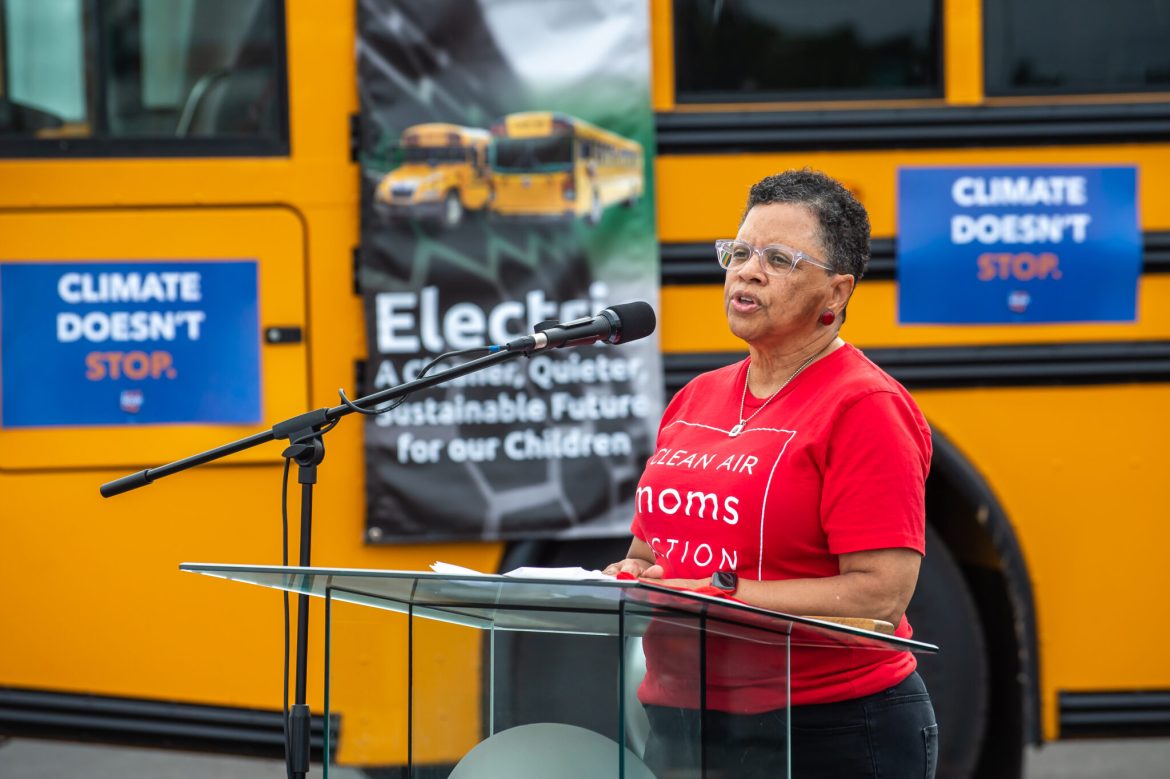Solutions
New Lake Ontario initiative tackles climate hazards alongside Lakes Huron and Superior projects
|
By Mia Litzenberg
Climate change is creating new challenges for Great Lakes coastal communities. To tackle these hazards, the Niagara Peninsula Conservation Authority launched the Lake Ontario Coastal Resilience Pilot Project last summer. Over the next four years, the project aims to engage communities in developing a coastal resilience plan.


